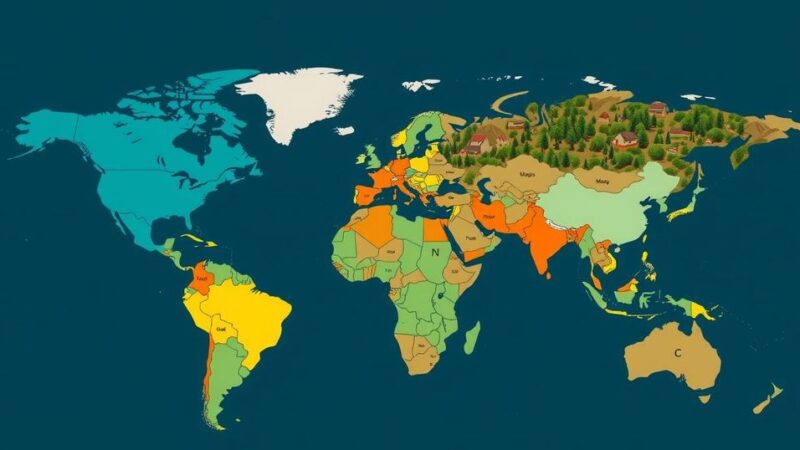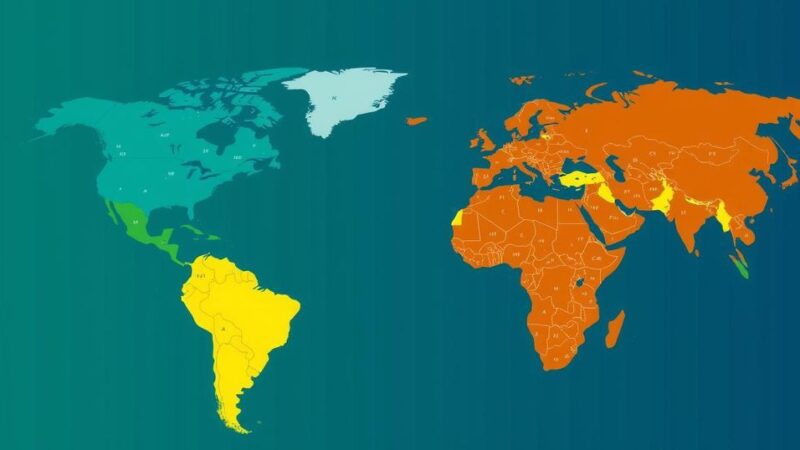Italy and Switzerland are redrawing their borders due to glacial melting under the Matterhorn Peak, an agreement reached in 2023 amidst alarming rates of glacier retreat. The Swiss government has approved these border changes, awaiting formal endorsement from Italy. With the glaciers shrinking by significant percentages in recent years, the physical landscape and historical artifacts are increasingly exposed, highlighting the urgent effects of climate change on national frontiers.
Italy and Switzerland are experiencing the necessity to undertake modifications to their shared border due to the ongoing effects of climatic change, primarily attributed to the melting of glaciers. In 2023, an agreement was reached to formally adjust the maps delineating their frontier beneath the renowned Matterhorn Peak, an iconic symbol of the region. The Swiss government has recently sanctioned the proposed alterations, which will be published contingent upon Italy’s formal approval. Alarming statistics reveal that Swiss glaciers experienced a contraction of approximately 4% over the past year, marking the second-highest annual loss recorded. This follows a significant 6% reduction in 2022. Such rapid glacial retreat poses urgent concerns about the long-term environmental impacts, with predictions suggesting that within a mere two decades, all glaciers in the Alps may potentially vanish. Moreover, the receding ice has unearthed historical artifacts, including the remains of climbers lost in the treacherous terrain and debris from a long-ago aircraft accident.
The ongoing challenge of climate change has profound implications for geographic and geopolitical boundaries worldwide. The erosion of glacial masses, particularly in mountainous areas like the Alps, underscores the immediate need to recalibrate national borders that have remained unchanged for centuries. As glaciers diminish due to rising temperatures, nations must confront not only environmental disruptions but also the implications for territorial definitions. The situation between Italy and Switzerland serves as a noteworthy case study reflecting larger global patterns in border adjustments driven by climate dynamics.
The necessity for Italy and Switzerland to amend their border due to glacial melting exemplifies the tangible impacts of climate change on both national sovereignty and environmental stability. As these countries prepare to unveil the revised maps, this situation serves as a stark reminder of the pressing challenges posed by climate change, emphasizing the need for immediate and coordinated action to address environmental and geopolitical transformations. Without intervention, the ongoing decline of glaciers could lead to irreversible consequences for natural landscapes and national boundaries alike.
Original Source: www.primediaplus.com






